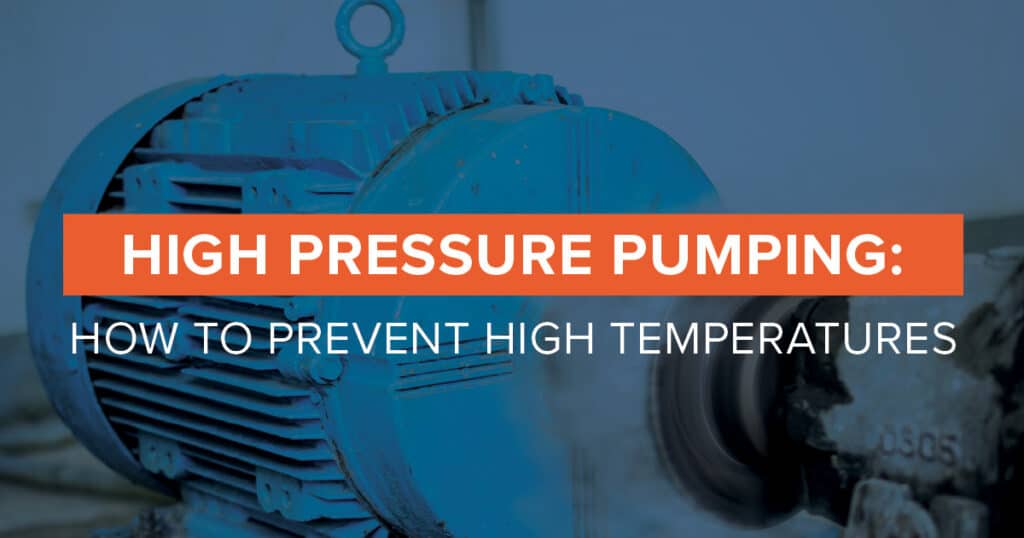Pumping applications that generate high pressures present a number of unique challenges. Increased pressure can damage the equipment or compromise the process fluid if the operation is not managed carefully. High pressures often lead to higher heat generation as well. Temperatures can rise within the pump and lead to overheating.
This issue must be properly monitored. Plans should be in place to deal with any performance problems high pressure and heat cause. Worker safety, equipment life span, and environmental protection should all be important concerns. Here are some of the troubleshooting steps you can take to reduce or prevent high temperatures in high-pressure pumping applications:
Turn the Pump Off
One of the best ways to prevent overheating and equipment damage is to turn the pump off when it is not in use for a significant amount of time. Cutting power can cool down the motor and internal parts before they reach the critical point of overheating. This can also save energy consumption and take care of necessary maintenance or system adjustments before firing the pump back up.
Have a Good Bypass Configuration
Most pump systems have bypass valves and settings that enable you to divert fluid pressure away from the main pump line. Understanding when and how to use your bypass system can help immensely. You can relieve pressure to avoid disastrous operating conditions. The risks of issues like overheating can be greatly reduced with a proper bypass configuration and usage.
System Monitoring
Enhanced monitoring of your pump system can provide many benefits, including better performance, extended equipment life span, improved energy efficiency, and problem prevention. Today’s monitoring technology is more advanced than ever. This includes predictive maintenance systems that collect and analyze data in real time to detect anomalous activity and help operators catch major problems before they happen. Even old-school manual monitoring methods can be very effective when managing a high-pressure pump system. Know what issues to look for and what to do if there is a potential concern.
Proper Maintenance
Of course, proper maintenance of the pump equipment makes a positive difference in the overall performance and durability of your system. Have a consistent maintenance schedule in place. Replace worn parts—impellers, mechanical seals, bearings, etc.—before they start to cause issues like overheating or pressure loss. Take care of minor repairs before they develop into major problems.
Other Causes of Pump Overheating
High pressure is not the only factor that can contribute to an overheating pump system. Here are some of the other issues that could lead to extreme pressures and operational concerns:
• Failing thermostat
• Dirty filter
• Failing cooling system
• Electrical problems
• Pump/line blockages
• Impeller issues
• Worn bearings and seals
• Low or old lubrication
• Air intake blockages
Higher running temperatures may be unavoidable with many high-pressure pump applications. However, problems can be mitigated, and risks can be minimized, with the right planning, design, maintenance, and monitoring.
For all your pump management needs—including optimizing your high-pressure pump system for the best long-term performance—contact the team at DXP Pacific today.

